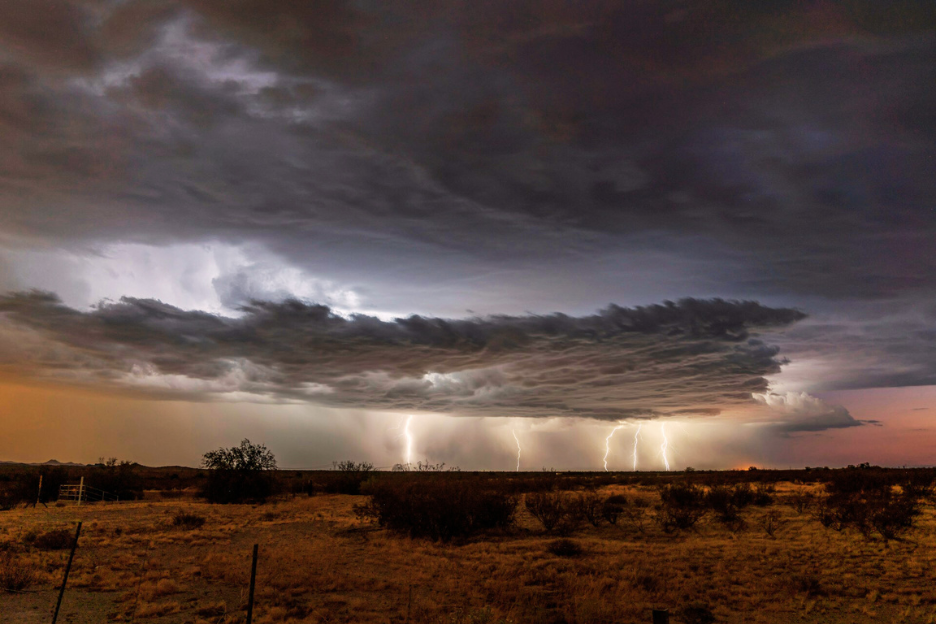
The uninitiated might be surprised to learn that the southwest has a monsoon season. Yes, we do, and it officially takes place between June 15 and September 30 each year. Those born and raised in the southwest will tell you that the brief but intense monsoon rainstorms provide a welcome relief from the heat. They’ll also tell you, though, that they can also cause chaos as well.
Monsoon season in the southwest can cause zero-visibility conditions, falling rocks and debris from hillsides, and worst of all, flash flooding. These storms pose a risk to every motorist on the roads, and truck drivers are no exception. Record-breaking floods in Roswell, New Mexico in 2024 stranded hundreds of people in their vehicles.
Even if you’re a veteran of monsoon season truck driving, it’s good to refresh yourself on what to do if your route is impacted by heavy rain. It’s also crucial to know what to do if, despite your best efforts, you’ve come face to face with a flood.
Here’s our top tips for monsoon season trucking safety.
Be prepared. Take note of the weather forecast before you set out. If there’s a potential for a storm with heavy rains, then make sure you know if there’s any parts of your route that could be affected. It’s also good to read up on areas that are prone to flooding as well.
If rain arrives, slow down. This is a bit of a Captain Obvious statement, we know, but it’s worth repeating. When a southwestern rainstorm hits, slow down on the road. Leave extra space between yourself and other vehicles as well. You’ll also have an easier time spotting water-covered roads up ahead, or mud and loose rocks caused by water runoff.
Avoid hydroplaning! If the road is covered in a thin layer of water, take extra care. Even just a few inches of water can cause your tires to lose contact with the road, making braking and steering much more difficult. It may be safer to come to a stop rather than continue on.
Never enter a flooded street. Even if a flooded road hasn’t been closed, do not attempt to drive down it. While it’s true that a semi truck can drive through deeper water than cars and pickup trucks, there’s a multitude of other reasons flooded streets are dangerous.
Here’s why to avoid flooded streets:
Flash flooding. While weather experts can sometimes predict when and where flash floods are most likely to occur, there’s often little warning and even less time to get out of the way of one. That waterlogged street ahead of you might resemble a rushing river two minutes later.
Don’t think you’ll be safe just because you’re in a semi, either. Just two feet of moving water is enough to sweep a big rig off its feet – er, wheels. A truck driver barely escaped a flood last year after his rig was swept off the road. You also need to consider that it takes less than a foot of moving water to carry off a sedan or pickup truck. Either of which could slam into your rig, cause damage or even tip you over.
As the saying goes: turn around, don’t drown. Yes, you might not have room to turn around if you encounter a flooded road, but you can come to a stop and wait until it’s safe to continue. This might also encourage cars, pickups and SUVs to do the same. We’ll say the same thing we said in our article about mountain driving safety: no delivery is worth your life, or anyone else’s.
Southwestern monsoon season brings interesting challenges for truck drivers, but when the skies are clear, the roads and the views are like nothing else in the country. Come haul for Truline and see for yourself. Check out our current opportunities and join us today.